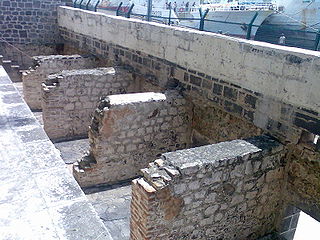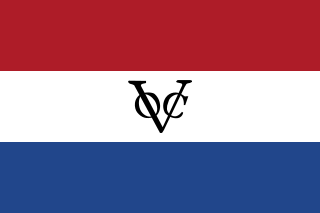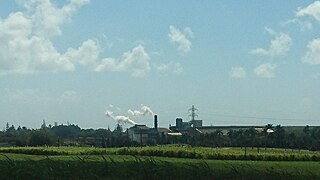 W
WIsle de France was the name of the Indian Ocean island which is known as Mauritius and its dependent territories between 1715 and 1810, when the area was under the French East India Company and part of France's empire. Under the French, the island witnessed major changes. The increasing importance of agriculture led to the importation of slaves and the undertaking of vast infrastructural works that transformed Port Louis into a major capital, port, warehousing, and commercial centre.
 W
WThe 1999 Mauritian riots was a national scale riot and series of protests in Mauritius following the death of the popular "seggae" musician Joseph Réginald Topize, better known by his stage name "Kaya", in police custody. The riot lasted for four days from 21 to 25 February 1999. Four civilians and one police officer were killed in the riots with hundreds of people suffering injuries. It was the first incidence of mass rioting in Mauritius since the 1968 Mauritian riots. The riots resulted in a majority of the island's police stations being sacked by protesters with 250 prisoners escaping prison. Many businesses were looted and substantial property damage was done with over 200 vehicles being set alight.
 W
WThe Immigration Depot is a building complex located in Port Louis on the Indian Ocean island of Mauritius, the first British colony to receive indentured, or contracted, labour workforce from many countries. From 1849 to 1923, half a million Indian indentured labourers passed through the Immigration Depot, to be transported to plantations throughout the British Empire. The large-scale migration of the labourers left an indelible mark on the societies of many former British colonies, with Indians constituting a substantial proportion of their national populations. In Mauritius alone, 68 percent of the current total population is of Indian ancestry. The Immigration Depot has thus become an important reference point in the history and cultural identity of Mauritius.
 W
WMauritius was a British Crown Colony off the Southeast coast of Africa. Formerly part of the French colonial empire, British rule in Mauritius was established de facto with the Invasion of Isle de France in November 1810, and de jure by the subsequent Treaty of Paris. British rule ended on 12 March 1968, when Mauritius became independent.
 W
WJean-Nicolas Céré was a French botanist and agronomist born on the Indian Ocean Isle de France but educated in Brittany and Paris. On the Isle de France he was befriended by Pierre Poivre (1719–1786), administrator of the Isle de France and Ile Bourbon (Réunion), who he assisted in the cultivation of spices. When Poivre was recalled to France in 1773 Céré was appointed Director of the Royal Garden at Monplaisir, a position he held from 1775 to the time of his death in 1810.
 W
WDiospyros revaughanii is a rare species of tree in the family Ebenaceae (ebony).
 W
WDiospyros tessellaria is a species of tree in the family Ebenaceae.
 W
WMauritius was an official settlement of the Dutch East India Company on the island of Mauritius between 1638 and 1710, and used as a refreshing station for passing ships. It was already frequented by Dutch ships from 1598 onwards, but only settled in 1638, to prevent the French and the British from settling on the island.
 W
WThe prime minister of Mauritius is the head of government of Mauritius. He presides over the Cabinet of Ministers which advises the President of the Country and is collectively responsible to the National Assembly for any advice given and for all action done by or under the authority of any Minister in the execution of his office.
 W
WAdmiral Sir Josias Rowley, 1st Baronet,, known as "The Sweeper of the Seas", was an Anglo-Irish naval officer who commanded the campaign that captured the French Indian Ocean islands of Réunion and Mauritius in 1810.
 W
W W
WSunny South, an extreme clipper, was the only full-sized sailing ship built by George Steers, and resembled his famous sailing yacht America, with long sharp entrance lines and a slightly concave bow. Initially, she sailed in the California and Brazil trades. Sold in 1859 and renamed Emanuela, she was considered to be the fastest slaver sailing out of Havana. The British Royal Navy captured Emanuela off the coast of Africa in 1860 with over 800 slaves aboard. The Royal Navy purchased her as a prize and converted her into a Royal Navy store ship, Enchantress. She was wrecked in the Mozambique Channel in 1861.
 W
WThe Uba riots of 1937 or simply the Mauritian riots of 1937 refers to an outbreak of riots and civil disturbances that broke out amongst small scale sugar cane growers on the island of Mauritius in August 1937. The riots led to the death of 4 people with an additional 6 people being injured.